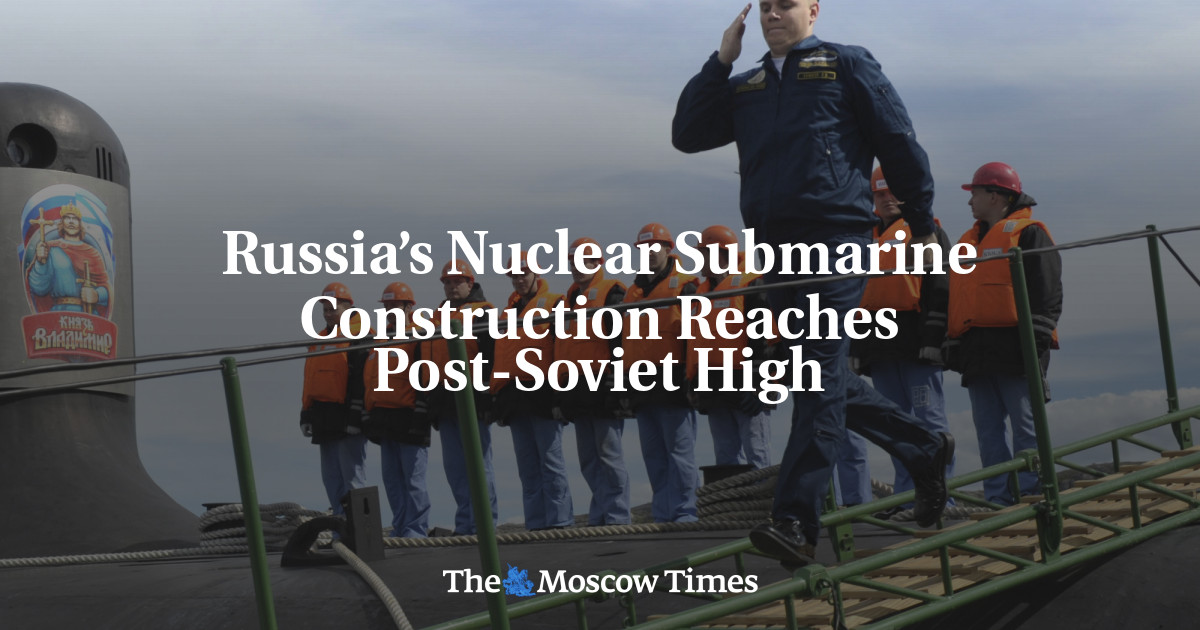So if Babcock cannot use Osbourne and Henderson is currently busy .... where do you build these ships?
Finally, where does the budget come from?
[SARCASM=ON]Easy. First answer, just take back Cockatoo Island and refurbish the facilities there.
Second answer, why the magic money tree of course. It should also be sufficient to refurbish and rebuild Cockatoo to modern standards as well as providing the needed funding for an additional class of naval vessels, the raising of the workforce to build the additional class of vessels, and then the recruitment and training of additional RAN personnel to actually crew said vessels.[/SARCASM]
Realistically, I do see a point in the RAN having an additional class of naval vessel that is somewhere in between the planned OPV's and FFG's and current DDG's in terms of displacement and capabilities. However, there are a number of obstacles which would need to be overcome in order for such a vessel type to enter RAN service.
IMO the most viable path to having something like a replacement FFH and/or a FFBNW 'patrol' frigate would be if the order for
Arafura-class OPV's were at some point to get truncated, with the Civmec facilities and workforce getting re-directed to building this hypothetical design.
A number of additional things would of course need to happen as well. Among them being settling on a design and mission/sub-systems which would make the effort worthwhile. For example, the current plans for the
Arafura-class OPV have a fitout which is both inadequate for operations in threatened/hostile areas, and almost certainly quite difficult effect significant changes or improvements which would be both expensive, and require significant time in a yard. If modular containerized weapons systems for things like air defence (using ESSM, Sea Ceptor, or something else) were adopted for use aboard a 'patrol' frigate, which would permit the vessel's fitout to be changed to be more appropriate for certain type operations as needed and could be installed in a matter of several days (or less) rather than what would likely require months in a yard, that could be useful.
However, until there is agreement across a number of areas, then really trying to put such ideas forward is wish listing, which there has been IMO entirely too much of lately from some 'think tanks' without any explanations on how things are to be funded, operated, or sustained. All of which are actually required in order for a capability to become viable.

